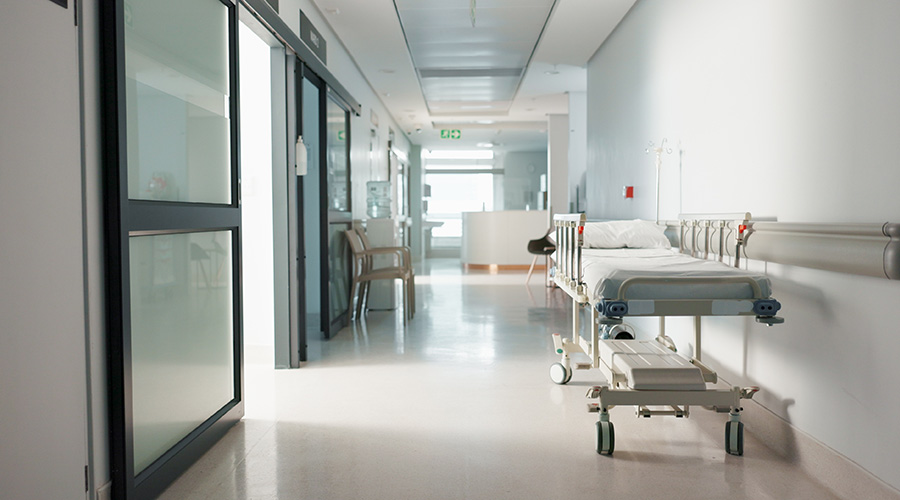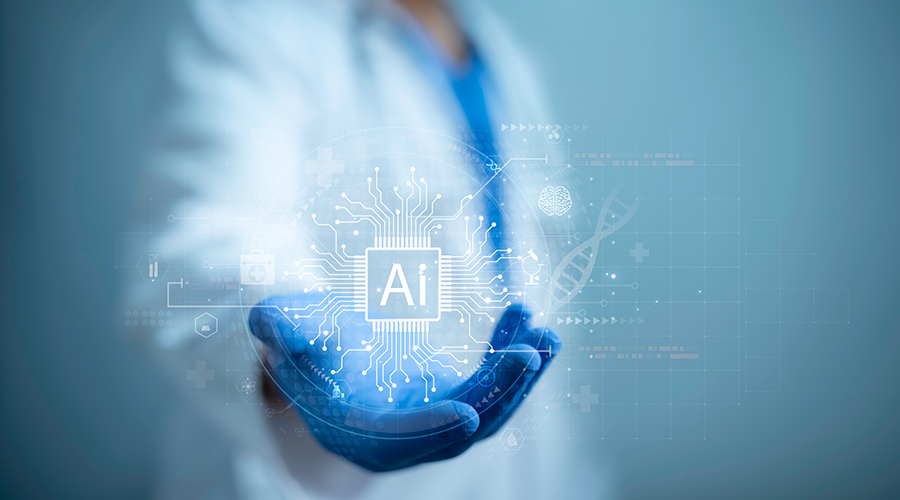Invariably, cleaning workers focus on cleaning chemicals, equipment, and tools to perform their tasks, but safety equipment often takes a backseat.
"Cleaning workers suffer more injuries than many other workers in private industry," according to Vicky Adams, Category Manager for Safety, Gloves, and Foodservice products for Impact Products, a leading manufacturer of safety gear for the cleaning and maintenance industry.
"Studies going back to 2007 find that full-time custodians are injured on the job sometimes as much as two times that of other workers in private industry."
Because of this, Impact Products has put together the following "safety supply checklist" specifically for cleaning workers:
Aprons: This is the next "must have" item when it comes to janitorial worker safety. Lightweight, vinyl aprons protect the wearer from chemical spills and sprays, grease, oil, punctures, and abrasives
Hand protection: Each year, 1 million people visit hospital emergency rooms in the U.S. because of injuries to their hands. 70 percent of these could be prevented if the proper hand protection is worn
Protective eye gear: Approximately 2,000 work-related eye injuries occur in the U.S. every day. Often these are the result of chemical spills to the eye. 90 percent of these could be prevented by wearing effective eye gear
Back injuries: Back injuries account for about 46 percent of all cleaning-related injuries. Most of these can be prevented by wearing an economical, back support. For the most effective support, make sure the back panel is at least 8 inches wide
Shoes: One of the most dangerous cleaning tasks involves refinishing floors. The danger arises because the floors become so slippery during the process. Cleaning workers should always wear "grippers" when stripping floors; some are designed to fit right over work shoes, helping to prevent a slip and fall accident
Floor safety signs: Usually safety signs are installed around floors to protect building users. However, they should also be installed when only cleaning workers are in the building...even if you are the only cleaning worker in the facility, just as a reminder.
For more information, visit www.impact-products.com/.

 Healthcare Is the New Retail
Healthcare Is the New Retail Bridgeway Behavioral Health Services Launches Campaign to Renovate Health Center
Bridgeway Behavioral Health Services Launches Campaign to Renovate Health Center Ground Broken for New North Dakota State Hospital
Ground Broken for New North Dakota State Hospital AI Usage for Healthcare Facilities
AI Usage for Healthcare Facilities Ground Broken on Pelican Valley Senior Living Modernization Project
Ground Broken on Pelican Valley Senior Living Modernization Project